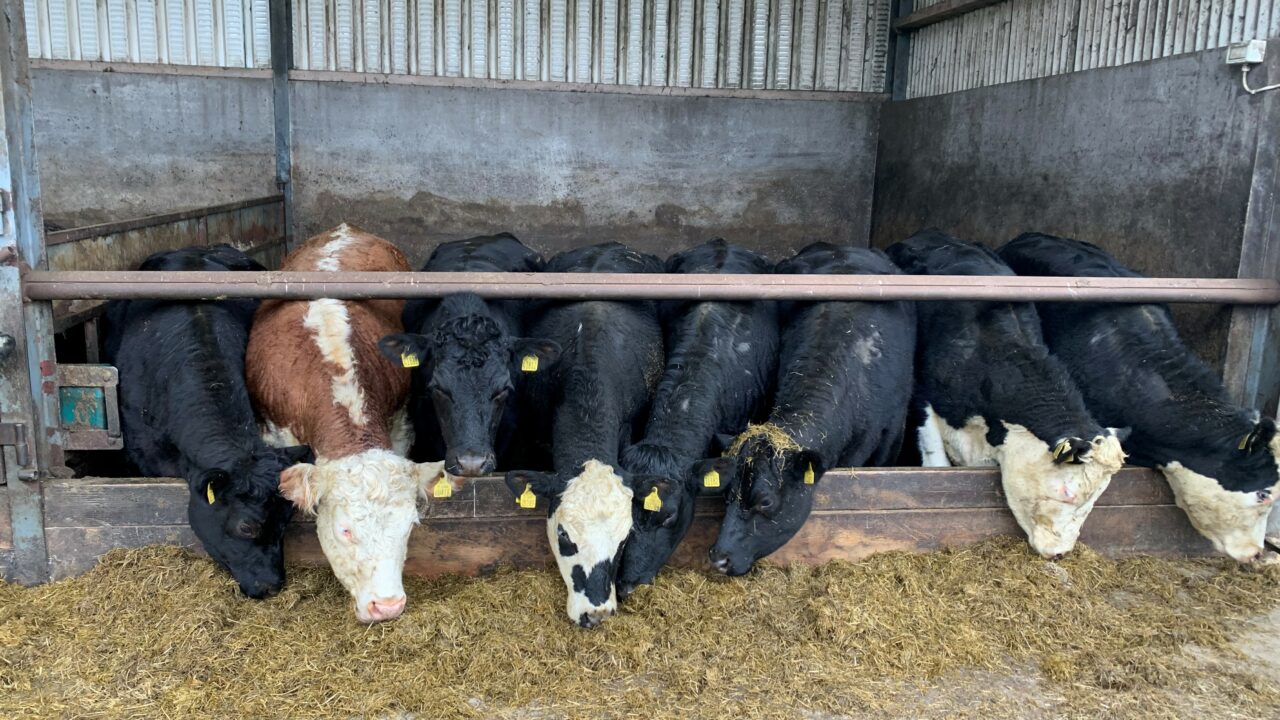Winter housing is now underway in most parts of the country and with this, pits of silage and cuts of bale-silage are being opened and fed out to cattle.
Farmers who have not yet tested their silage should consider doing so, as this is the first step in identifying the amount of concentrates needed in the diet to meet the required weight on cattle gain over the winter months.
Different cuts of silage will have different feed qualities so, where there were several cuts of silage taken, a sample should be taken from each cut.
Farmers can get their silage tested at most labs dealing with agri-samples, or most feed mills will offer the service to their customers.

When the feed quality of the silage has been established, farmers will then know the amount of additional protein and energy required in the diet to ensure good levels of weight gain are achieved over the winter.
These silage-test results can then be retained to benchmark silage quality and identify how it can be improved for next winter.
Some of the key areas to look at on a silage test result include:
- Dry matter digestibility (DMD);
- Dry matter (DM);
- Protein;
- pH.
Cattle being fed higher-quality silage will naturally enough gain more weight than those eating lower-quality silage.
With cattle prices currently at record levels for the time of year, farmers will be keen to maximise the levels of weight gain on their cattle this winter.
Finishing diet
Cattle that could be finished from the shed should be built up gradually on a finishing diet.
The best policy for finishing cattle in the shed is to identify the current weight of the cattle, the target slaughter weight, and then the target average daily gain.
From there, farmers can ‘work back’ from the target slaughter date to identify the level of concentrate feed required along with the silage being fed.
Once the level of concentrates needed has been identified, cattle that are going back to grass next spring are often ‘front loaded’ with concentrates.
This is where additional feed is offered at the start of the winter and concentrate levels are then eased back and sometimes removed totally from the diet in the weeks in advance of cattle going back to grass next spring.
Where a ration is not being fed, farmers should consult with their nutritionist to identify if a mineral pack should be fed to cattle over the winter-housing period.
Where silage quality is high, less concentrates will be needed and where the silage on farm is of low feed quality, this can be supplemented with additional concentrate feed to ensure the required weight gain is being achieved.

